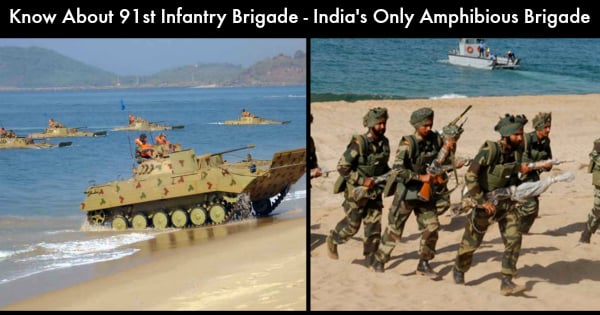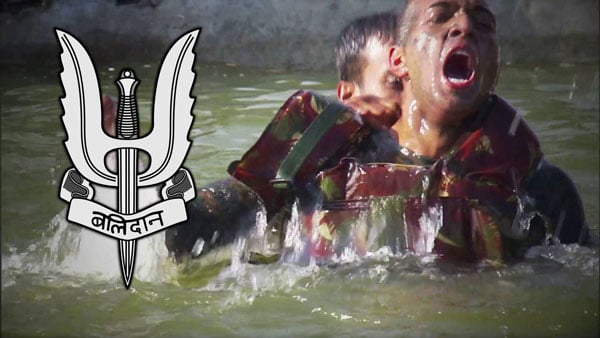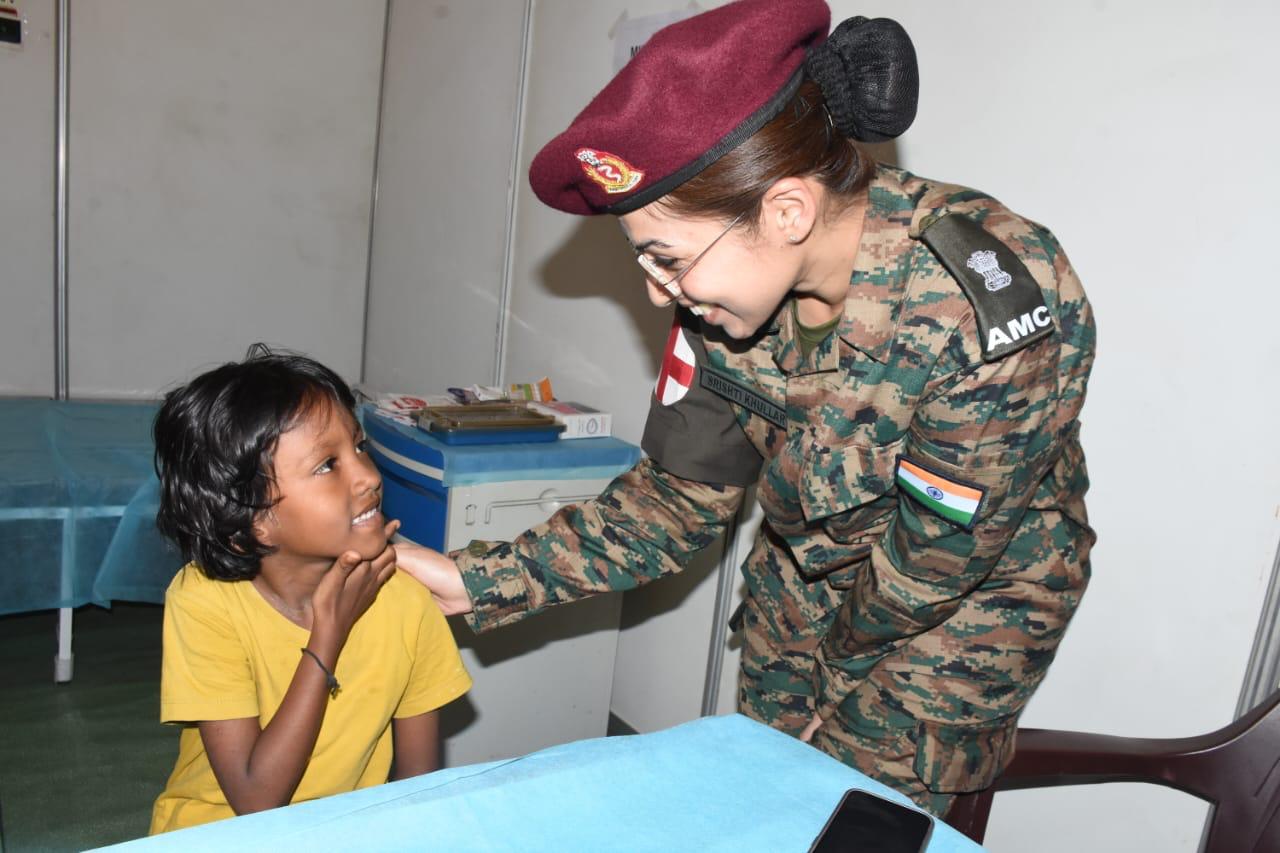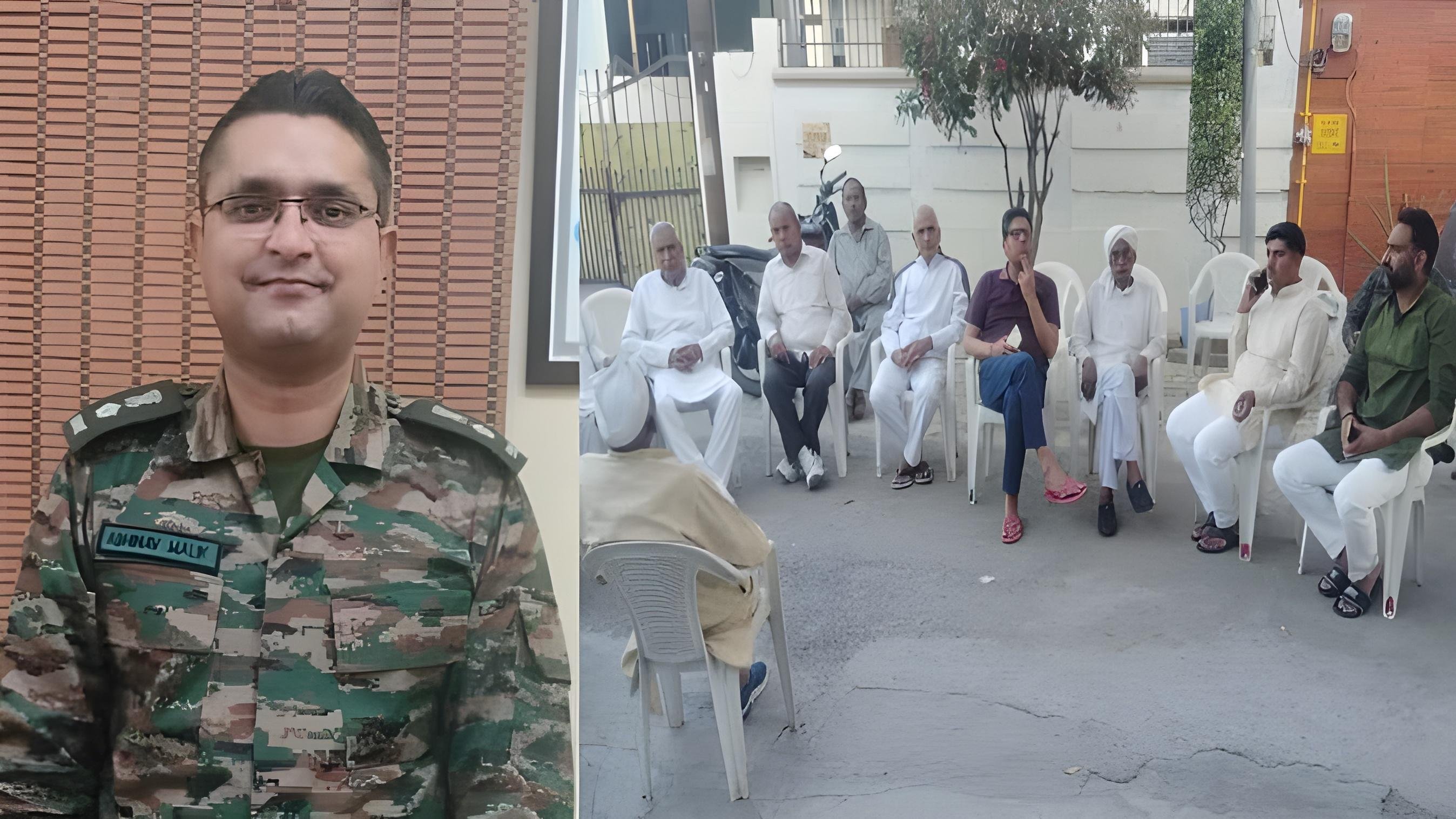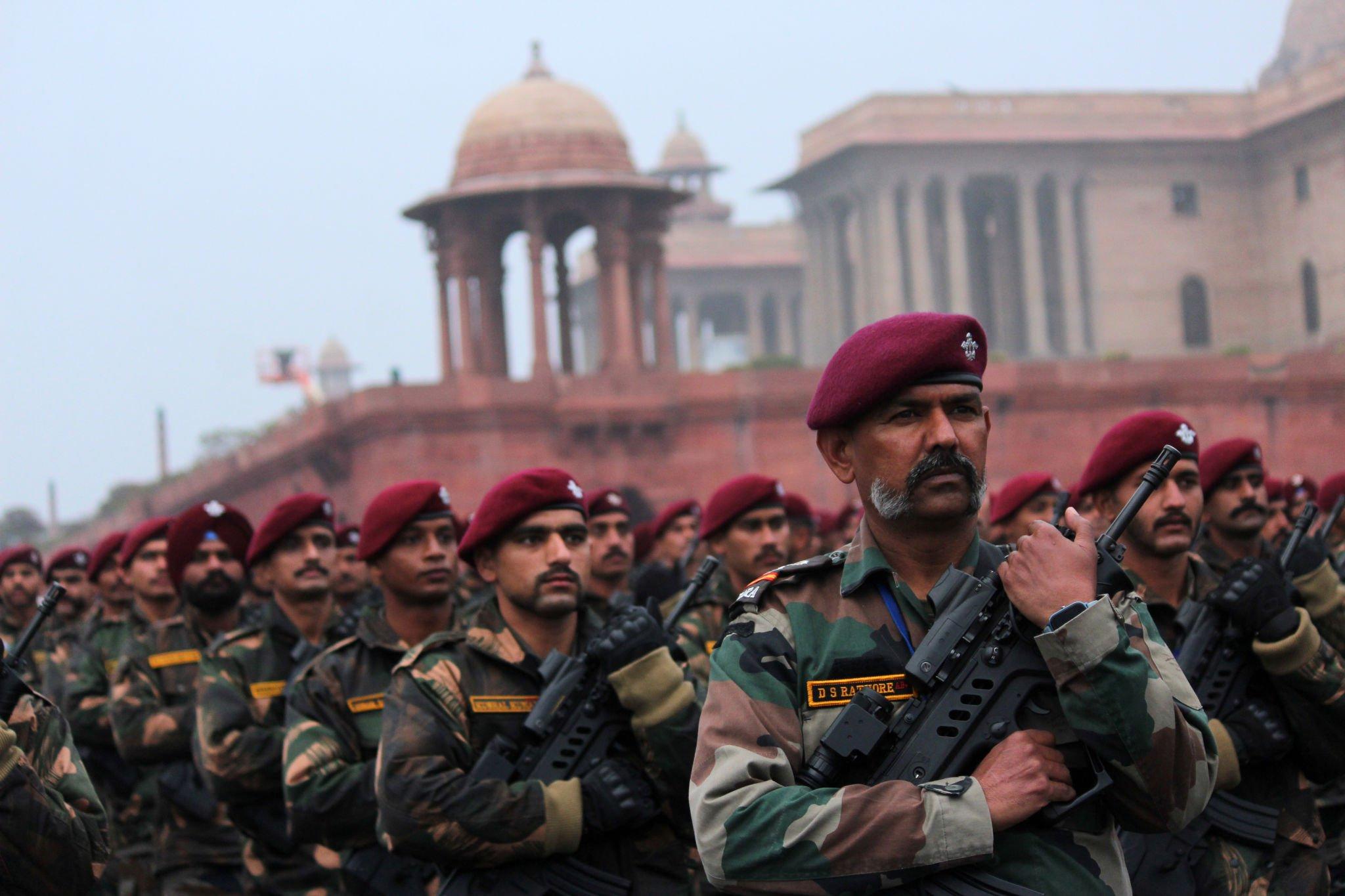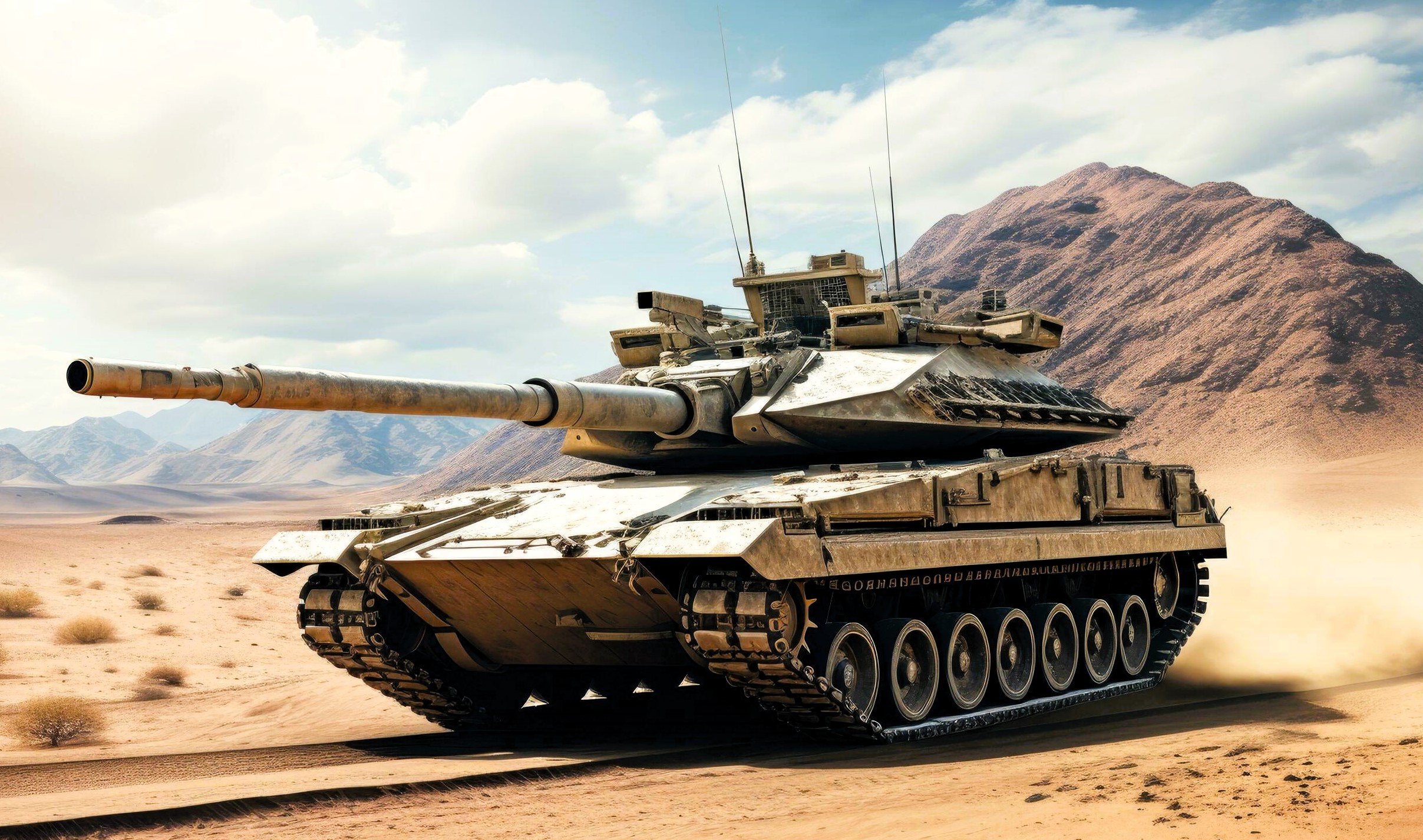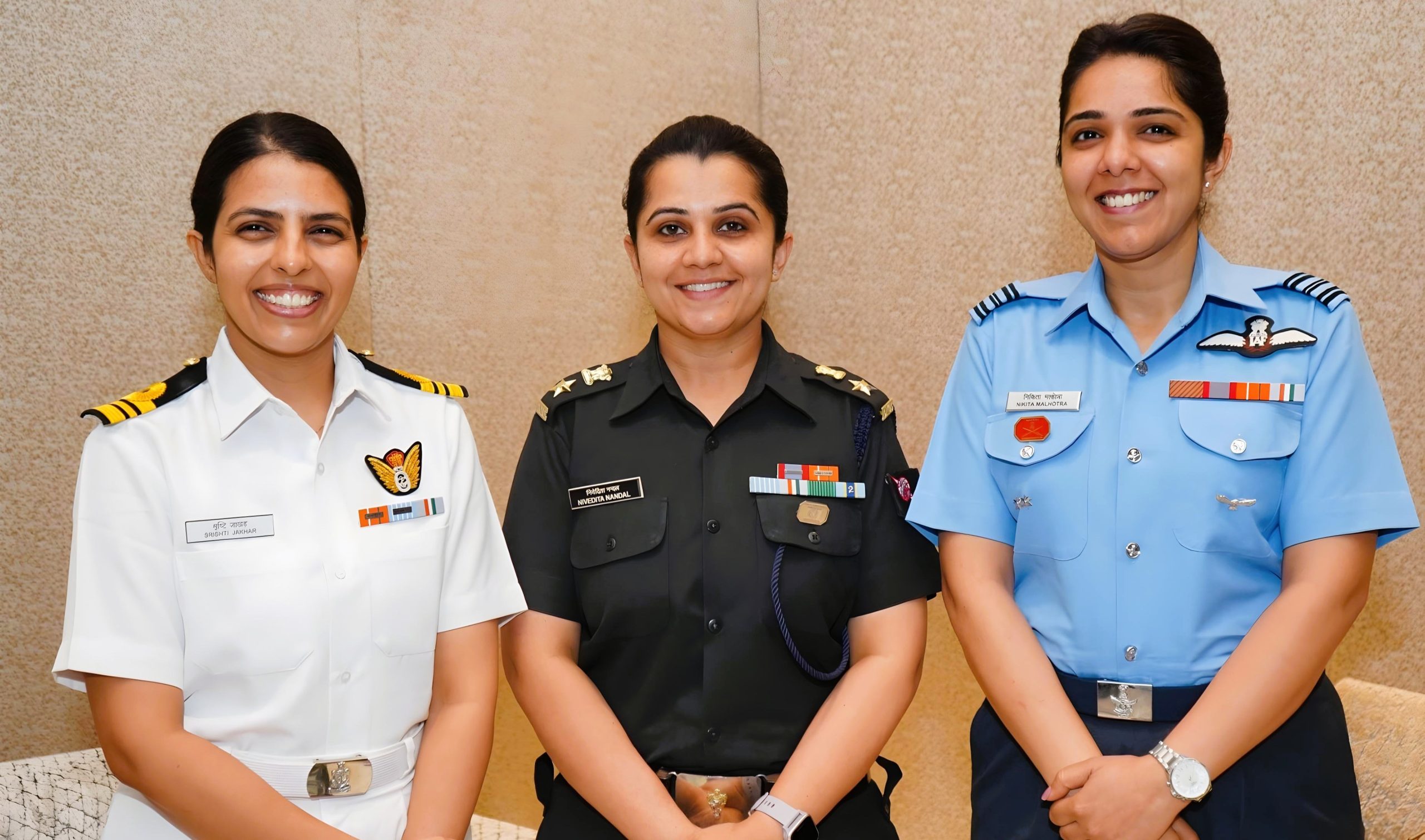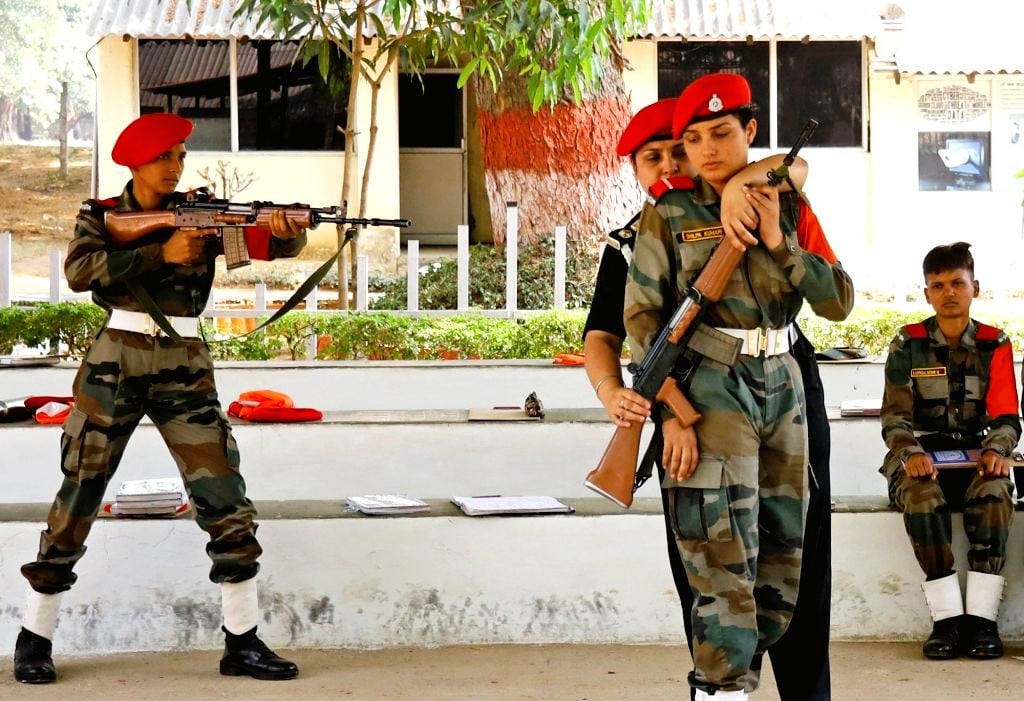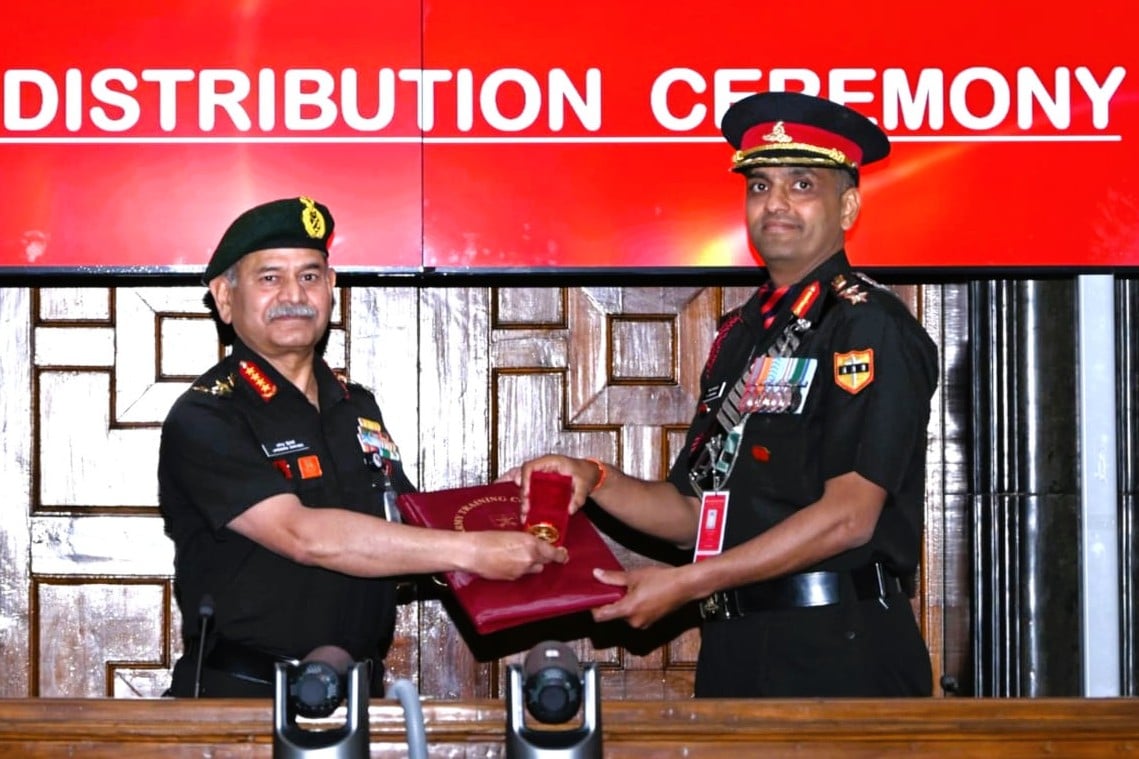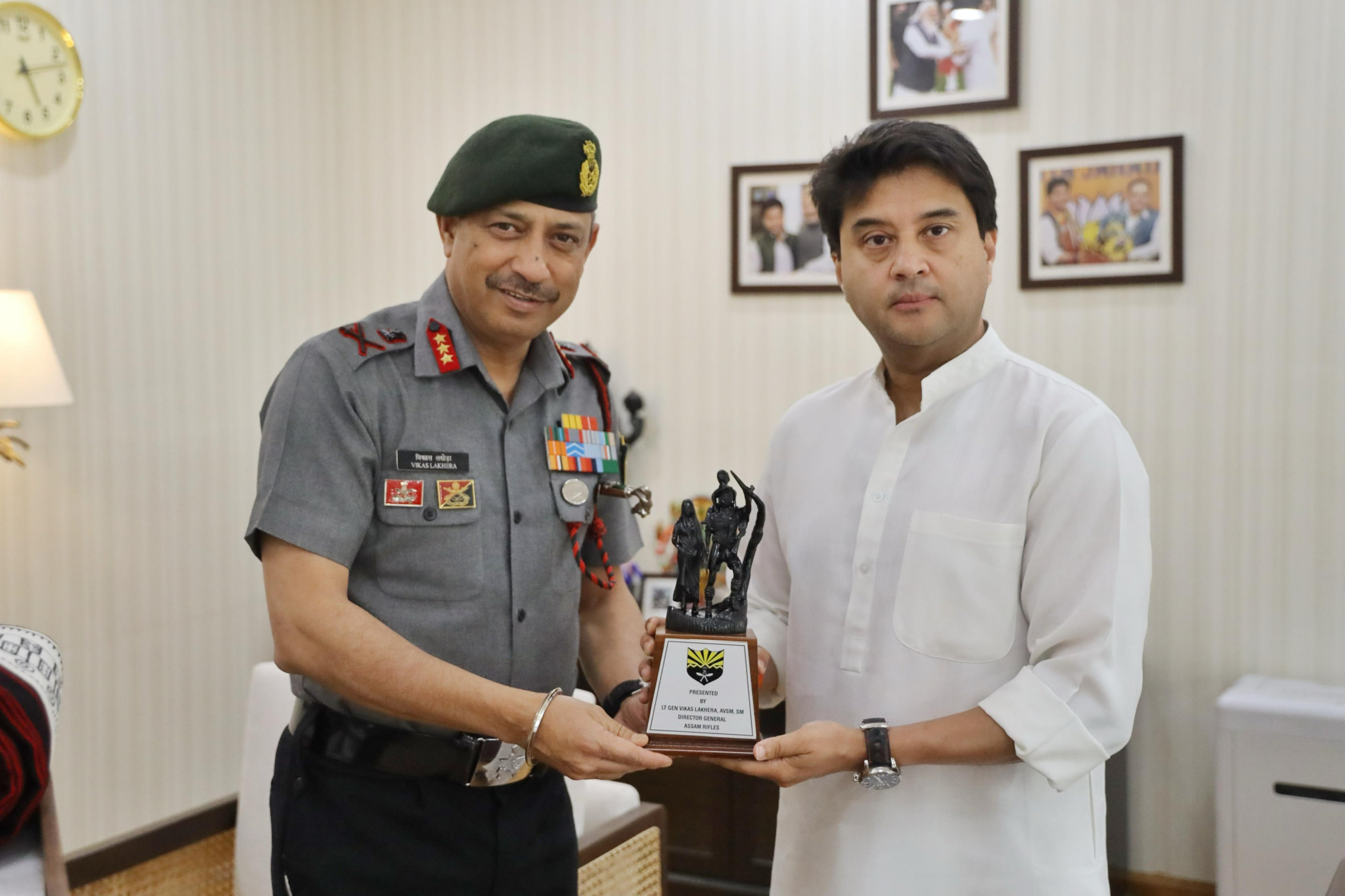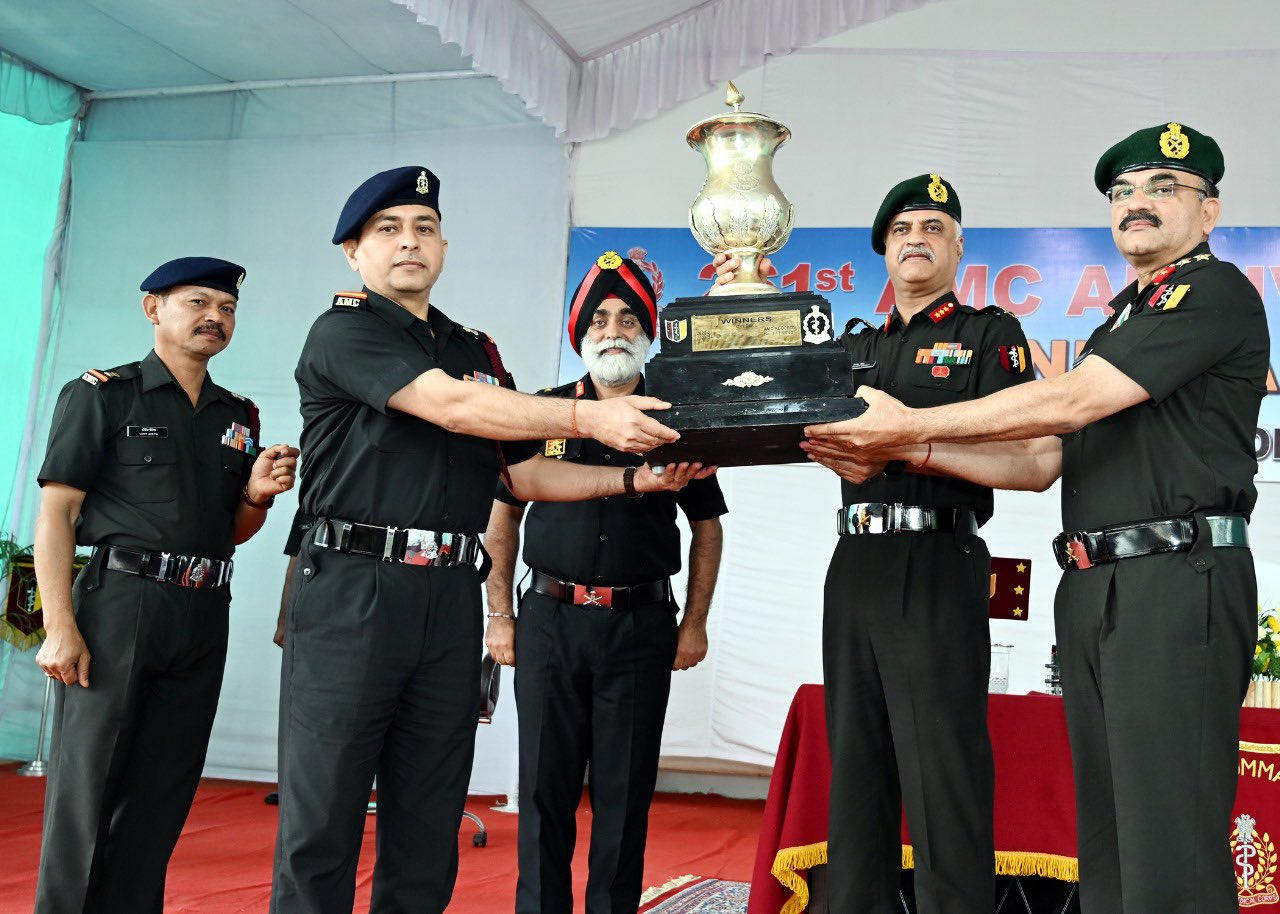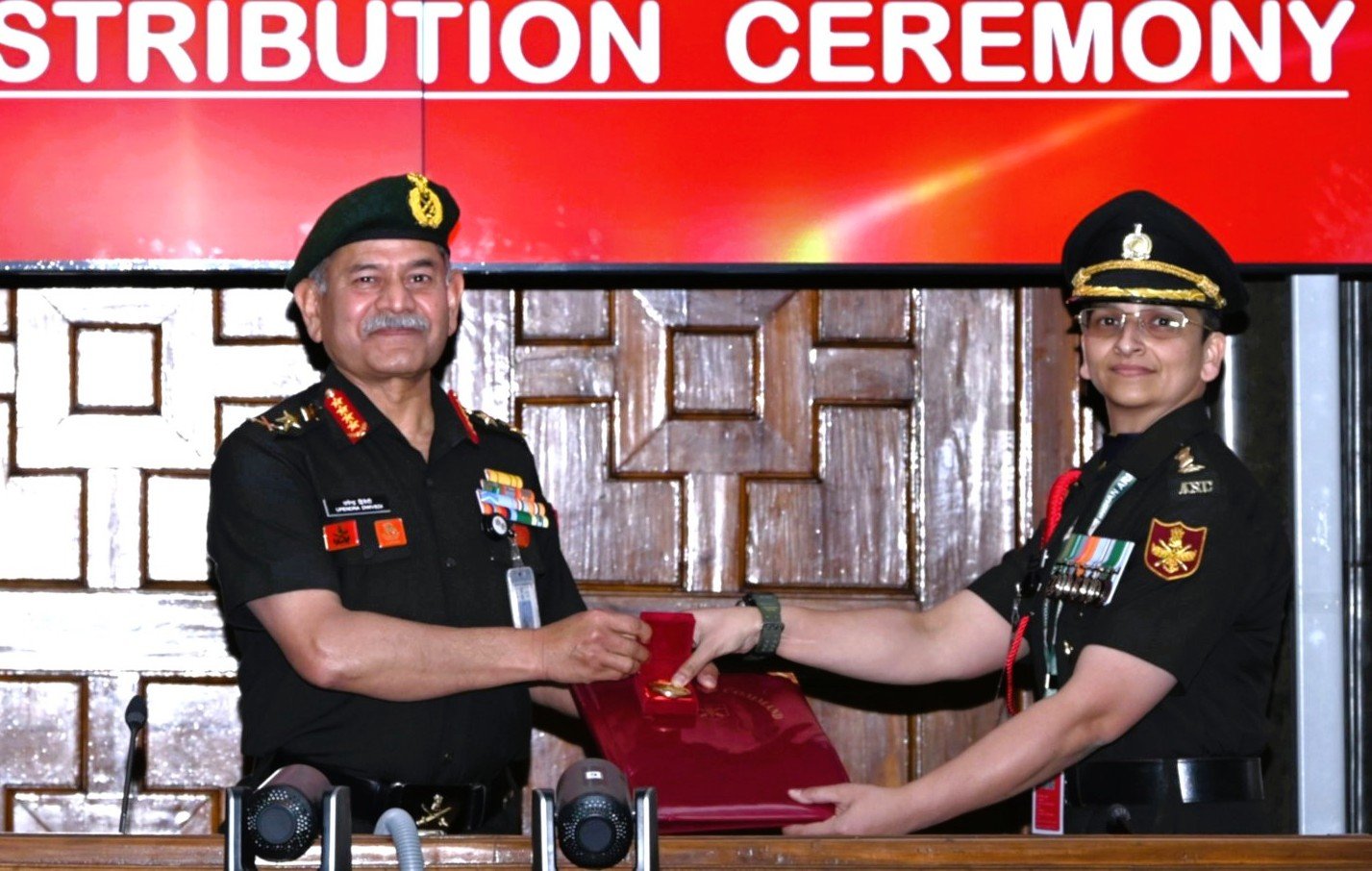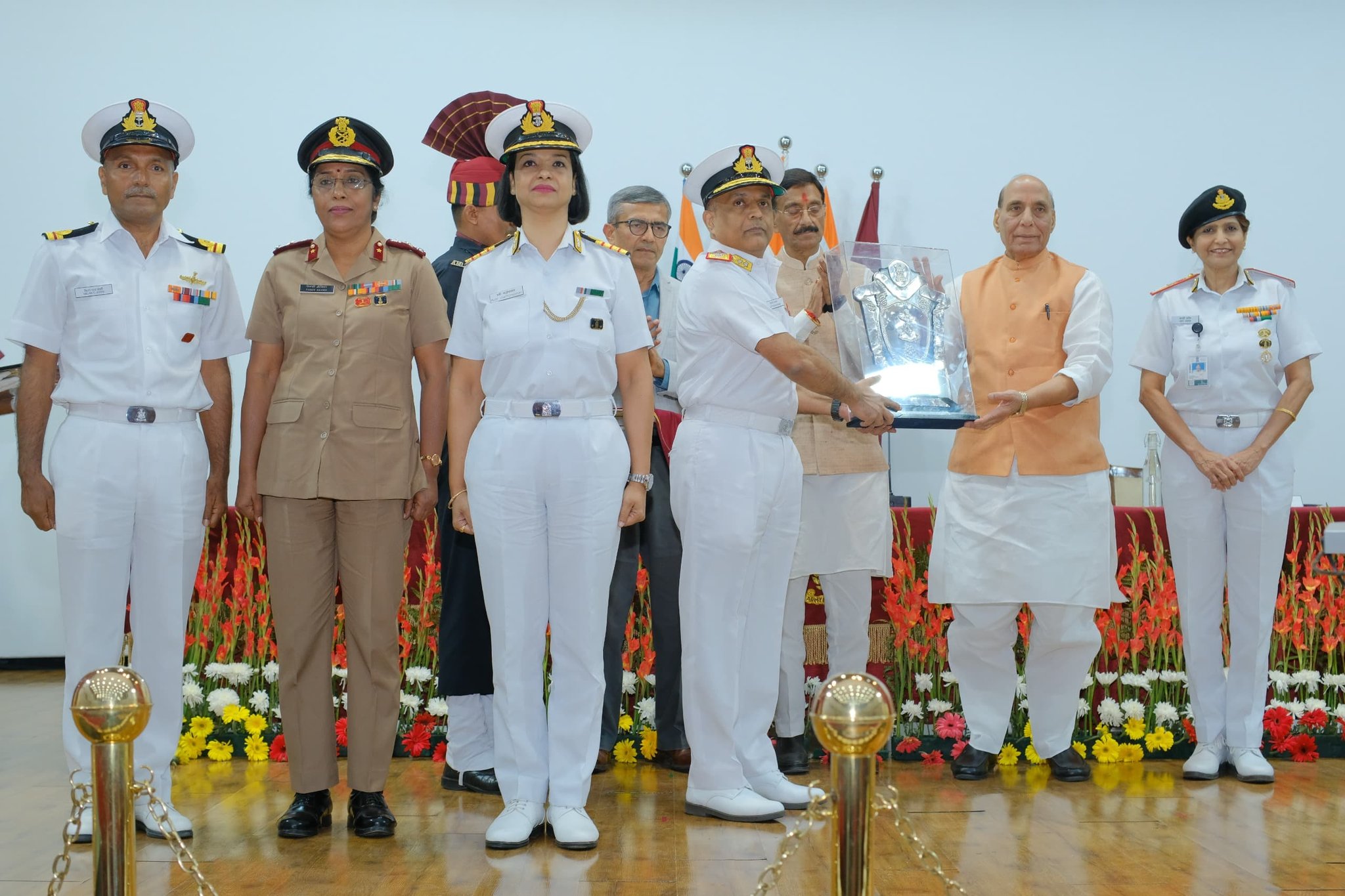The Indian Military has three isolated forces to serve during the time of war from Land, Sea and Sky. While the Army and Air Force takes care of the Land and Sky defence and offence, the Navy is good in the Defence of Maritime borders but lacks shore assault capability.
The Need for Amphibious Brigade:
The Indian Navy have credible Sea denial capability but lacks a credible amphibious assault capability. The Indian Armed Forces does not have dedicated Marines like the US, to tackle shore based threats and to carry out littoral operation in the immediate neighbourhood, although the MARCOS have been doing this job since a long time.
India have 1,200 island territories. It has energy investments worth thousands of crores far from the shores. India also has huge diaspora in the Middle East. If there was a Kargil-like situation on any of island territories, it would need adequate boots on the ground for combat. There are also other liabilities such as piracy and potential hostage situations. Being able to transport a couple of battalions wasn’t nearly enough.
Further, an amphibious brigade is needed for conducting raids, assault, rescue, evacuation and support for other operations is where the navy goes the amphibious mode in enemy land. And at a time when China is increasing its presence in the IOR, nations like Vietnam look up to India as a savior. It also becomes vital for Indian Navy to defend its maritime interest.
The Raising of 91st Infantry Brigade:
The first idea to create a dedicated amphibious force was struck when Indian Navy was to acquire the landing platform dock, the INS Jalashva (former USS Trenton) in 2007. The Pentagon transferred not only a warship with this deal but also the whole idea of expeditionary warfare that the Indian military had so far been chary about.
In 2008 India unveiled the joint doctrine for its amphibious operations. The doctrine was meant to serve as a guideline on how the armed forces intend to plan and conduct amphibious operations and achieve full synergistic effect of joint combat power.
In February 2009 the 91 Infantry Brigade was re-raised by Indian Army in amphibious role comprising of 3 infantry battalions and a strength of 3,000 personnel. The soldiers have been drawn from the Sikh, Gorkha and Madras regiments. The amphibious brigade is modelled on the lines of the Indian Navy’s marine commandos and specializing in land and marine warfare.
This was the first time that the Indian Army has raised a sea-based force large enough to be considered as an expeditionary force that can be airborne and seaborne at the same time.
The Amphibous Warfare:
Amphibious warfare is the utilisation of naval firepower, logistics and strategy to send troops ashore. A well-planned and executed amphibious operation – basically a tri-service operation launched from the sea by carrying soldiers and their weaponry on a ship and affecting a landing on enemy shore – could change the course of a war. They resemble the paratroopers in the sea. They carry out sea-based operations in coordination with the Indian Navy.
In the modern era, amphibious warfare persists in the form of commando insertion by fast patrol boats and mini submersibles. In modern warfare, an amphibious landing of infantry troops on a beach is the most complex of all military manouvers.
It took time to master this and now, the 9th Sikh Li (Marine) is now a Dedicated Amphibious assault Force and affiliated to Guided Missile Frigate INS Teg whereas INS Khukhri is affiliated with Gurkha Rifles.
One of the most advanced amphibious warships of the Indian Navy, the INS Shardul, was affiliated to the 5 Armoured Regiment of the Indian Army earlier.
Loaded with state-of-the-art equipment, INS Shardul is an amphibious warship capable of transporting personnel and accomplishing all objectives of beaching operations. The 5 Armoured Regiment holds some of the most potent and advanced tanks in the world. Since 2002, the regiment has been at the cutting edge of the mechanised operations.
Conclusion:
In modern warfare, an amphibious landing of infantry troops on a beach is the most complex of all military manoeuvres. A well-planned and executed amphibious operation – basically a tri-service operation launched from the sea by carrying soldiers and their weaponry on a ship and affecting a landing on enemy shore – could change the course of a war.

